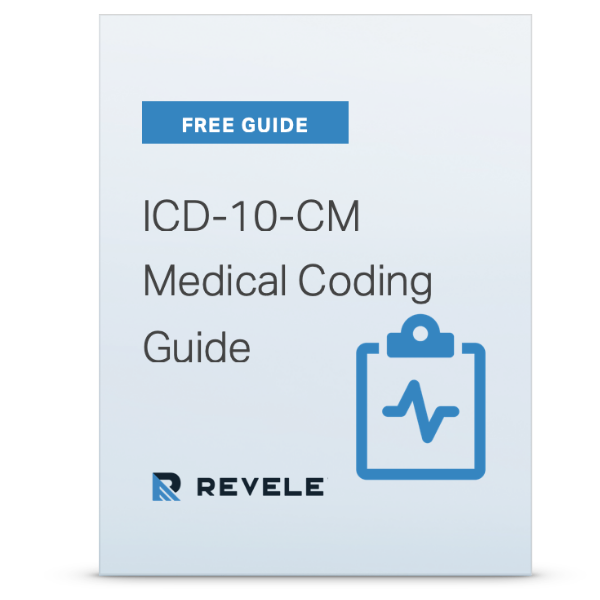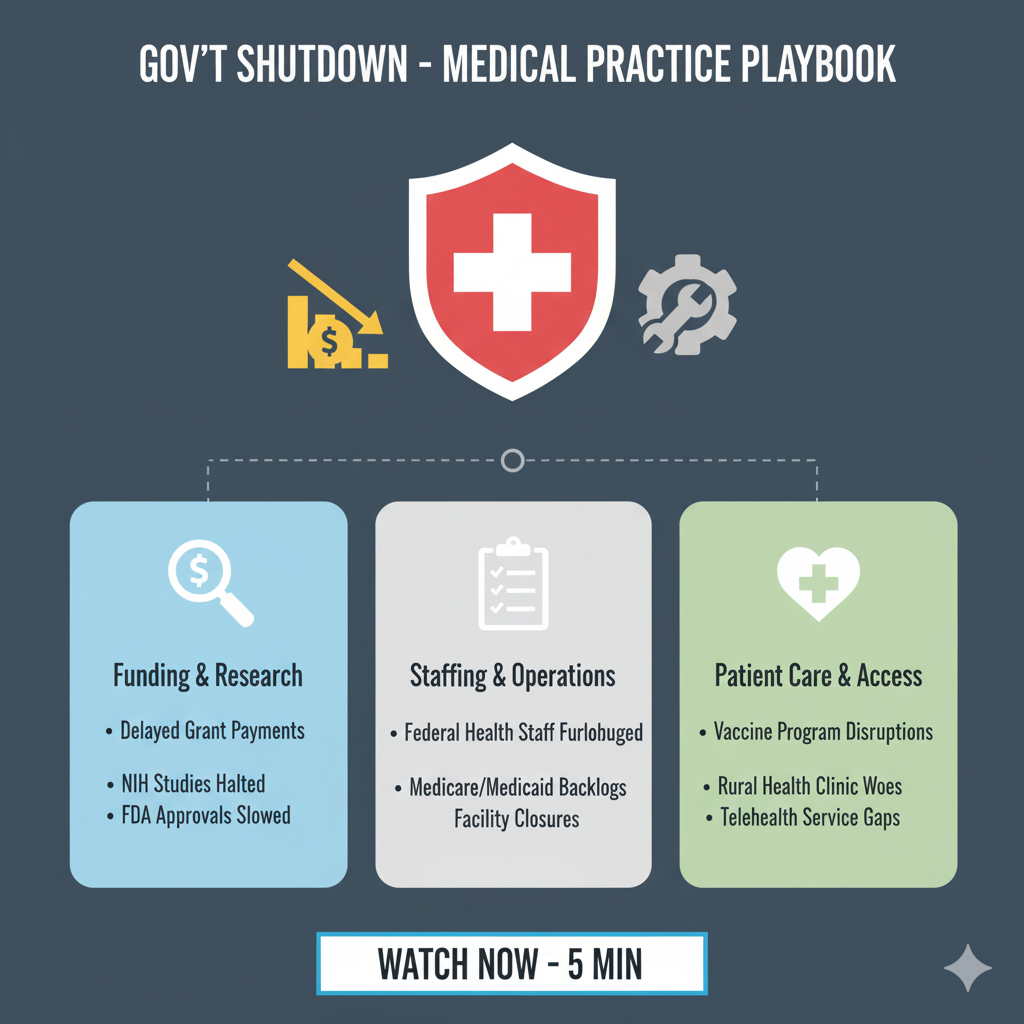Today, high-deductible insurance plans are more and more standard for patients. According to a recent report from InstaMed, 74 percent of healthcare providers reported an increase in patient financial responsibility in 2015, which has prompted healthcare revenue cycle management strategies to focus more on consumers. This reality makes collections that much more difficult, and practices often encounter patients “forgetting” their checkbooks or credit cards at the time of service.
How to Overcome Increasing Patient Financial Responsibility
Sending statements for collection can take up many hours for accounts receivable (AR) and too often, payments end up in collection after 120 days.
Implementing a credit card on file program (CCOF) can help both the practice and patients stay on top of co-payments, deductibles and other fees.
A Successful CCOF is Best Practice
The key here is the word successful. Many practices have tried to implement a CCOF program only to have it fail due to lack of training. With proper training and standards in place, a credit card on file program can work, saving you time and money while also helping your patients stay on top of their payments in a reasonable manner.
A well-run CCOF process is becoming standard practice in the medical field. It is already standard practice for utilities companies, many retailers and credit card companies themselves.
A successful credit card on file program requires:
- Staff is well-trained and fully on-board with the policy.
- All staff can answer questions confidently, and explain why you are implementing a CCOF policy.
- That patients understand how a CCOF policy benefits them.
- They can pay their bills without going online or mailing a payment.
- Their payment information is more secure, not less secure.
- They will be charged only what they have agreed to be charged and this will be clearly articulated to them.
- A clear financial policy is in place and is easily explained to patients.
How Does a Successful CCOF Program Benefit Your Practice?
There are many ways a successful credit card on file program benefits your practice. One crucial benefit to a thriving practice is the reduction in patient accounts receivables, anywhere between 32 and 45 days. If you don’t get paid, you can’t stay in practice, and having a well-run accounts receivable department can make or break a practice.
Beyond accounts receivables, benefits to your practice include:
- Streamlining statements. You will no longer need to send a series of statements to your patients that can often be confusing, costly, and at times, unread and useless.
- You can set-up regular payment plans for your patients so that payments can be taken off their credit card once a month, automatically.
- Make paying for co-pays, co-insurance, deductibles and non-covered services easy for both your practice and your patient.
- Also easily charge for things like membership fees, no-shows, or other smaller payments that might otherwise not get paid.
How to Implement a Credit Card on File Program in Your Practice
Now that you’re (hopefully) convinced that a CCOF policy is a good idea, how do you go about setting one up?
Really, just like any new policy you want to implement in your practice, the key is to have buy-in from your staff. Before you can proceed with training though, you need to understand how a CCOF program works from beginning to end.
Here are a few things to keep in mind with rolling out a CCOF program at your practice:
Have a Planned Roll Out
Whenever you institute a new policy, this is a good idea. But in the case of CCOF, make sure that you have a plan for when each step will be implemented and that this information is clearly communicated to all staff.
How it Works During Scheduling
Make sure when a patient calls to schedule an appointment that they know to bring their insurance information as well as a credit card to be put on file. At this time, clearly explain that the practice requires a credit card to guarantee payment.
CCOF During Check-In
The patient brings the card, it is swiped into the credit card reader and stored securely off-site.
The patient signs an agreement that benefits both the practice and the patient stating that they will pay their portion of fees and also accept refunds via their credit card. They will also agree to a maximum that can be charged without being notified (this is usually between $50 and $100). They’ll also agree at this time to give you a new card number if the one they have provided expires or becomes invalid.
At this time, they can pay what they owe or begin a payment plan.
After the Claim Adjudication
At this time, if any amount below the maximum is owed, the card is simply charged.
For any amounts over this, the patient is notified and the card is either charged or a payment plan is instituted.
Making a CCOF Policy Work for You
It’s important to think about how you’ll get paid when running a busy medical practice. Patient responsibility is increasing and healthcare organizations will need to transform their revenue cycle management strategies to adapt to these changes.
Having a sound Credit Card on File policy in place is one way your practice can prepare for the increased patient financial responsibility while also allowing you to focus on what you do best: healing your patients.








